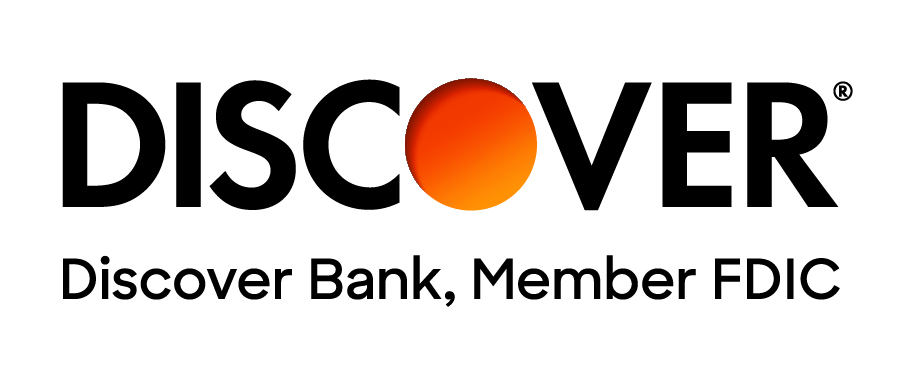It’s time to get ready for your academic year. You may have questions about how you receive your financial aid. And maybe you’ve already heard about aid “disbursements,” but what does that even mean? You were awarded aid for the full academic year, but there are different methods (and rules) schools need to follow when it comes to how and when that money is disbursed.
When Does Financial Aid Come In?
You completed and filed all your financial aid applications. Now you’re wondering, how and when do I get the money? As a general rule, most schools begin to disburse (release) loan money no earlier than ten days before school starts. But this will depend on the school’s policies and even your academic level. More on that later.
Now let’s follow the money through the process.
How Does Financial Aid Disbursement Work?
Your school is heavily involved in this process. Not only did they help you determine how much aid you are eligible for, they also manage the disbursements. In the case of financial aid, the payment of money comes from your aid source (the federal government, school, private student loan lender, etc.), and in most cases, will be paid directly to your school.
That’s right, your school. Federal and private student loans are sent directly to the school on your behalf. The aid goes to pay your direct costs owed to your school –like tuition and fees. Depending on the type of aid you were awarded, you may receive multiple disbursements which will add up to the full amount you were awarded for the year.
Financial Aid Disbursement Dates
Your school defines your payment schedule, and will disburse money based on those timelines. And it’s not uncommon for different programs—bachelor’s degree, associate degree, certificate program, etc.— at the same school, to have different payment schedules. Also each type of money (federal loan, federal grant, etc.) may have different disbursement rules the school must follow.
The payment schedule, or disbursement calendar, is usually set before the start of your academic year. You can often find details on your school’s financial aid website. If you’re having trouble finding the information you may want to reach out to your financial aid advisor.
Let’s go through some of the types of financial aid to see some of their common disbursement rules.
Federal Grant Disbursements
If you received a federal grant, like a Pell Grant or a Federal Supplemental Educational Opportunity Grant (FSEOG), you will likely receive your award in two or more disbursements; typically, one in the beginning of your academic year, and one around the midpoint.
Federal SEOG Grant Disbursement
If you were awarded an FSEOG, your disbursements may not be equal. And sometimes schools will do this to help you with some upfront costs at the beginning of your academic year (like fees that are charged only at the beginning of the year).
Pell Grant Disbursement
If you were awarded a Pell Grant, then your disbursements will be equal. For example, if you had an award of $4,000 your first disbursement will be for $2,000, and your second disbursement will be for $2,000.
Federal Loan Disbursements
With federal student loans (like a Direct Subsidized or Unsubsidized, or Federal PLUS Loan), these can have a few more factors. But let’s talk about the most common way this type of aid is disbursed, and just know that your school may, in rare cases, do it a bit differently.
Your award will likely be broken up into two or more disbursements—once at the beginning of your academic year, and again at the midpoint or in between semesters. If you are on a quarter system, your disbursements may be provided at the start of fall, winter and spring terms.
If you’re a first-year, first-time federal student loan borrower (i.e., a first-time freshman with no federal student loan debt) your disbursement of your first federal student loan may be delayed 30 days from the start of your program. Although you may find this rule a bit frustrating, it is actually a protection for both you and your school.
If you’re a first-time borrower of a federal student loan, you will be required to complete entrance counseling before you receive your first disbursement. This requirement will also apply to first-time borrowers of Direct Graduate PLUS Loans, and some Direct Parent PLUS loan borrowers. So, if you put off your entrance counseling, you could further delay the disbursement of your loan funds.
Your federal student loan disbursements don’t necessarily need to be equal, but your school may keep them relatively equal. One common exception is if your school has a different course schedule (say shorter terms, or reduced ability to take classes) during the summer, your summer disbursement may be less than your disbursements for fall or spring semester.
Federal Work-Study
Federal work-study is a bit different from the grant and loan programs. You will have to work to earn this aid, and you will be paid directly by paycheck. There is a requirement that you are paid at least monthly for the hours you completed. So this aid is equivalent to earning a paycheck which you can then use to help with your expenses. A nice benefit of income earned from a federal work-study job is it won’t affect you financial aid the next year. Although you must report your income earned on your FAFSA, you can identify this income as earned under federal work-study, and will be exempt from your financial aid calculations.
Keep in mind, with federal work-study you are limited in the amount you can earn based on your award. Your school and/or employer should be keeping track and will let you know when you are getting close to earning your maximum amount through the federal work-study program. You may be able to ask your financial aid office if your award can be increased, or even ask your employer if there is any way you can continue employment outside of the federal work-study program. If you continue your employment outside of federal work-study, any money earned as regular employment will need to be reported on your FAFSA. It will be counted as income on your FAFSA, will not be exempt from your financial aid calculations, and may impact your financial aid award next year.
Other Financial Aid Disbursements
If you were awarded aid from non-federal sources, the disbursement rules may vary quite a bit. For example, a scholarship may give you your entire award upfront. Or the administrator of that scholarship may decide to break it down any way they want—especially with larger scholarships which may be set up to give you an award each year you are in school.
Other types of institutional or state aid will follow their own rules which may vary. But it’s not uncommon for aid which has two or more disbursements to follow the federal aid schedule.
For most types of federal student aid (with the exception of federal work-study), your aid disbursements will go directly to your school to pay for direct school expenses (i.e., what you owe your school) first. But sometimes your aid may over pay your account, which may result in a credit balance. Your school will review your account to determine if this credit balance should be refunded to you or your parents (if they took out a parent student loan to help with your education).
If you have financial aid refunded to you, you need to be careful with the way you manage it. Here are some tips.
4 Tips for Managing Your Financial Aid Funds
1. Make sure you have enough money for everything you need.
Make a list of all your expenses, then go through and classify them as needs for school (like books, supplies, housing, etc.), and wants (dining out, cable). Look at how much money you are refunded, and make sure you have enough to cover your needs. Any refund you receive should be used to cover costs related to your education and living expenses (including those not directly billed by your college/university). This may include things like transportation and miscellaneous personal expenses. But refunds should not be used to splurge on items that are considered luxuries.
2. Understand the cost of the money being refunded.
Are these loan funds which are being refunded to you? If they are, keep in mind there is a cost of borrowing money. If you are being refunded loan funds, you can ask your financial aid office if you can send back some of that money to your lender. If it’s too late to do that, you can always make a payment.
3. If you don’t have one, get a bank account.
If you can get a bank account, it will be easier to get your financial aid refunds from your school (many schools offer direct deposit options). And having a bank account will keep your money safe. You can pick any bank you want. You don’t need to pick your school’s bank or credit union. It’s worth noting that many banks offer student accounts with no fees or minimum balance requirements.
4. Set up an emergency fund.
If you do not already have an emergency fund, start one. Every person should have one, including college students. Even if the balance is relatively low ($500-$1,000), you’ll be grateful you established one for life’s incidentals or a big crisis that may hit. For example, if you needed to make a last-minute trip to deal with a family emergency, would you be able to quickly book airfare?
If you are getting non-loan funds back, like gift aid, do your best to budget. Keep it safely in a bank account and access it only when you need it. This will come in handy when unexpected needs arise.
Questions About Your Financial Aid
If you are a bit confused about your financial aid package, and when you can expect disbursements, it’s best to schedule an appointment with your financial aid office. They can explain each type of aid you have received, and let you know more about the disbursement schedules for each.
This is definitely one of the more confusing parts of financial aid. This is your education and your future. Questions are not uncommon, so don’t be afraid to ask.







